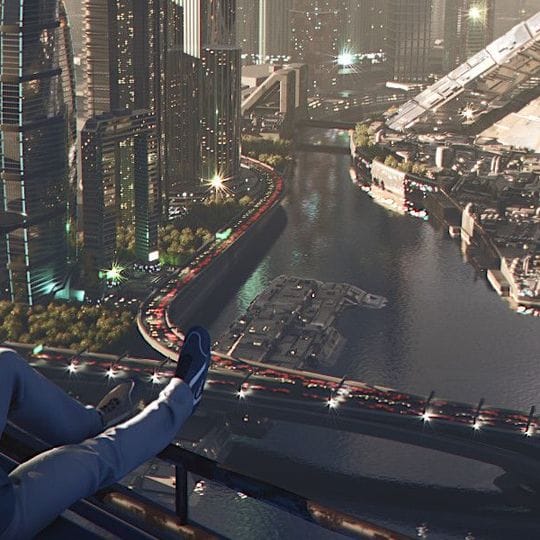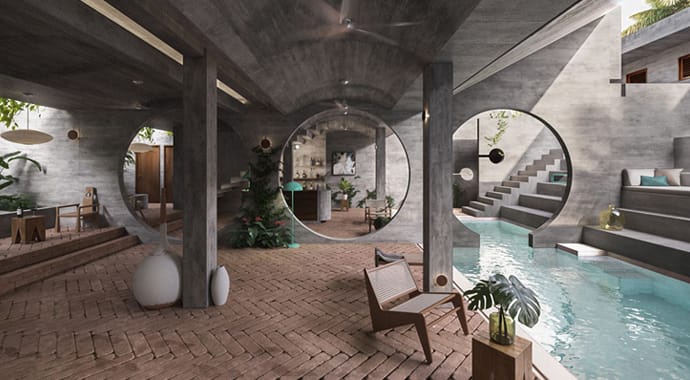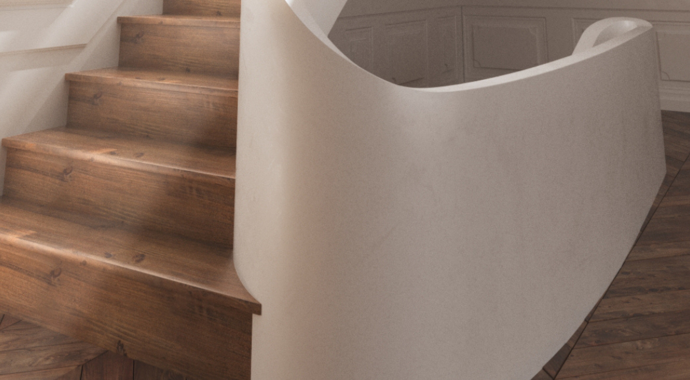The public winner of our student rendering competition offers a dramatic depiction of Mexico’s capital. Isaac Zuren takes us behind the scenes of his vision.
With well over 1,000 votes, Isaac Zuren’s depiction of a futuristic Mexico City won him first place in the public vote of our What’s Next? Student rendering competition. It’s not hard to see why everyone loved it: this vertiginous vision pits a solitary rebellious human figure against a city dominated by monolithic high rises.
We talked to Isaac about the process of creating this incredible image.
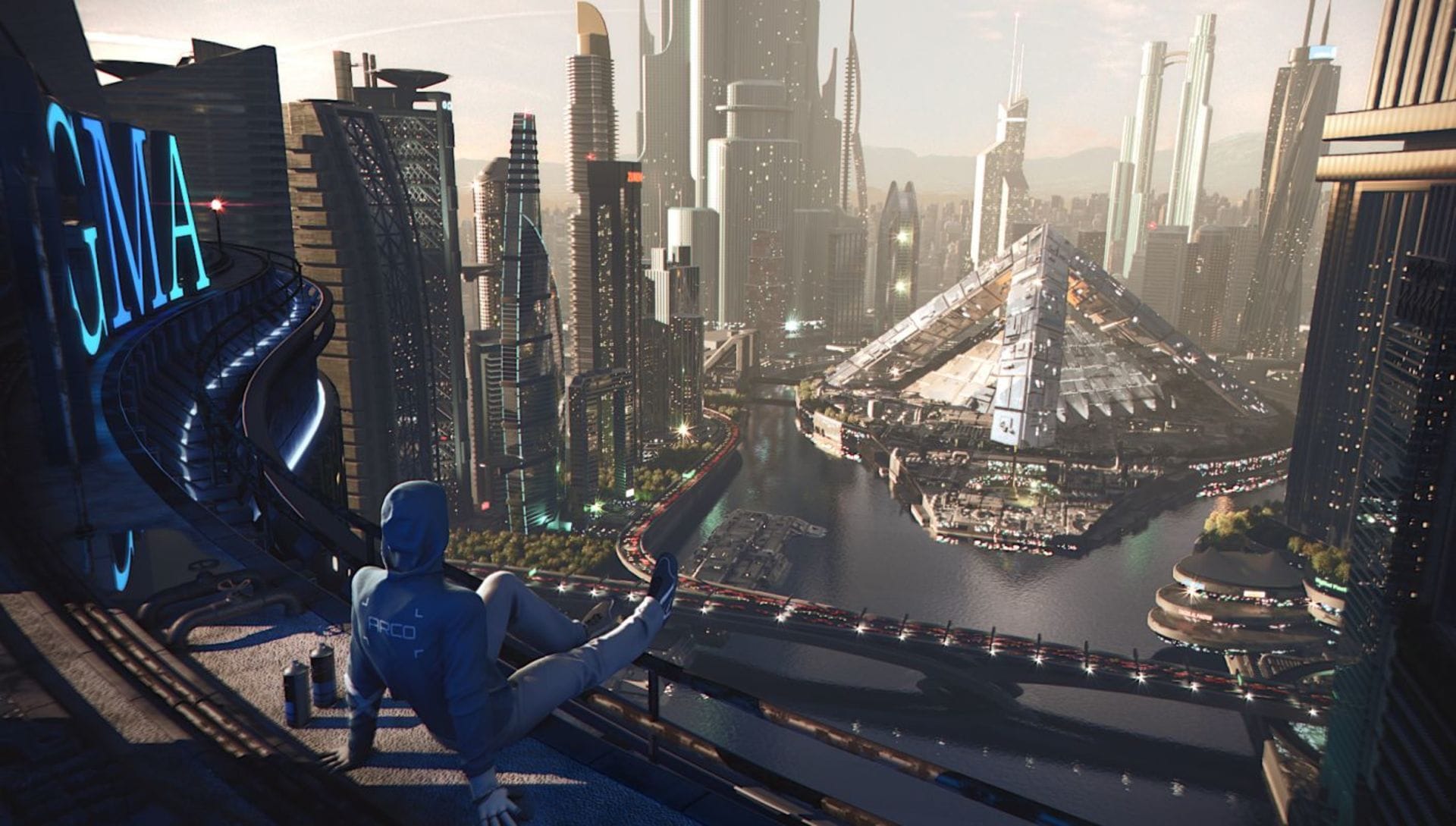
Congrats on the public win in our competition! How did it feel when you found out you'd won?
I knew this was going to be a tough, global challenge, so I was both excited and relieved when I got an email saying that I was the public winner!
Could you tell us about yourself, your studies and your ambitions for the future?
I’ve been studying digital arts for almost 10 years. I started on my own by watching tutorials, following other people’s work and learning by myself. After high school, I applied to college and signed up to Animation and Digital Arts in Mexico. As part of a contest, I won a full scholarship to Vancouver Film School (VFS).
At VFS, I reinforce my knowledge and experience in 3D and I’ve discovered the art of lighting and composition. My plans for the future are to become a part of the VFX industry and work on prestigious films around the world.
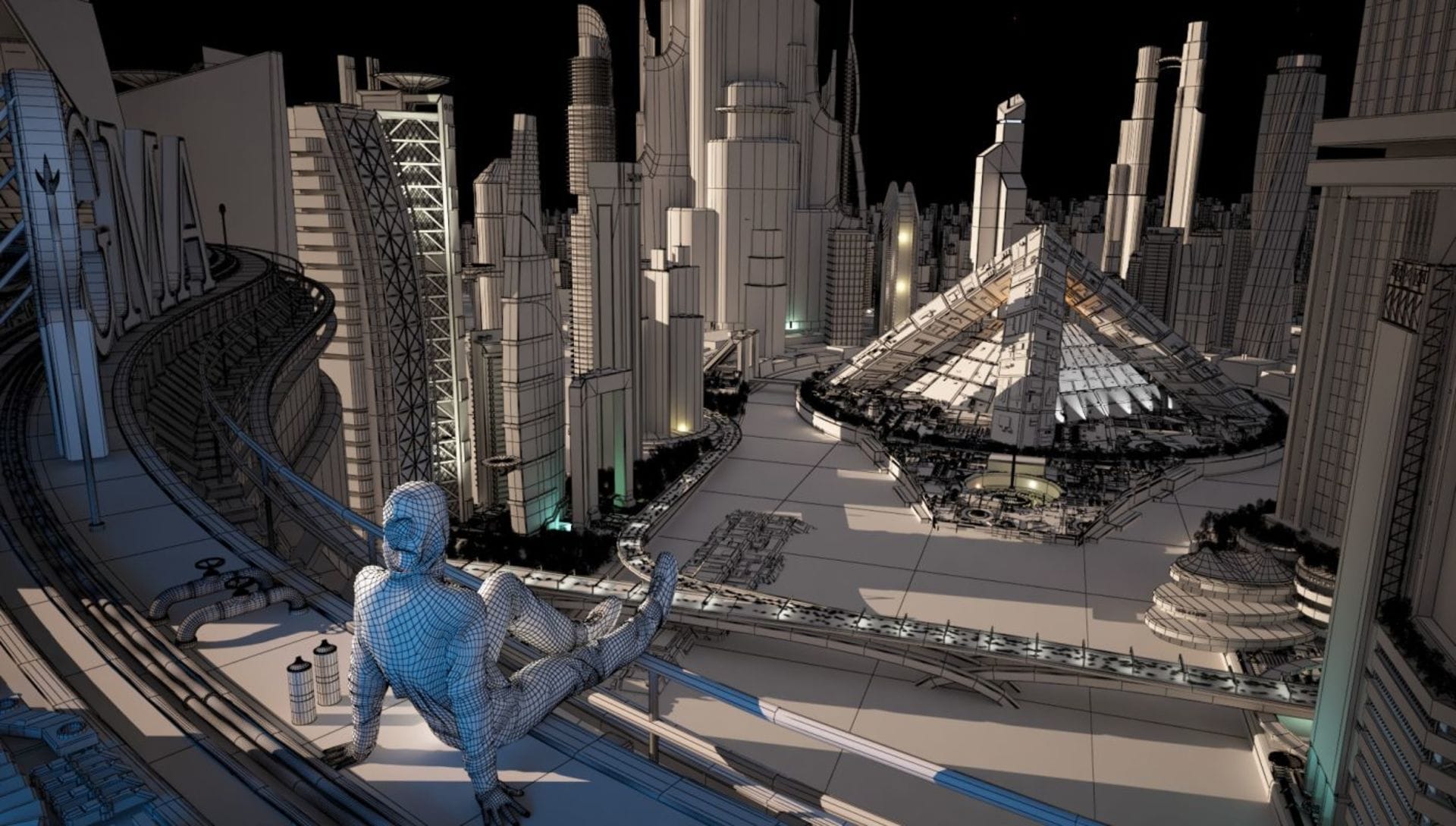
Mexico seems to be rapidly growing in visual effects and arch viz. Is it a good place to get a CG education, too?
The VFX and arch viz education in Mexico is getting better — I think it’s certainly the best country in Latin America to study CG and VFX. Blockbuster productions are seeking Mexican talent more and more every year, especially for VFX studios. In a couple of years, I think Mexico will be a great place to have a career in CG.
Did you create this piece especially for the competition?
I had been planning on making a futuristic city since September last year, and when I heard that the V-Ray challenge was about “your vision of the future,” I started adapting my idea to fit that concept. In a way, I felt the contest was perfect for what I wanted to do.
What did you want to communicate through the image?
As you may know, Mexico has problems with economic distribution among citizens; it’s a country of contrasts and there is a big difference between the rich and the poor. My idea was to give a perspective of how society is divided through a dystopian vision.
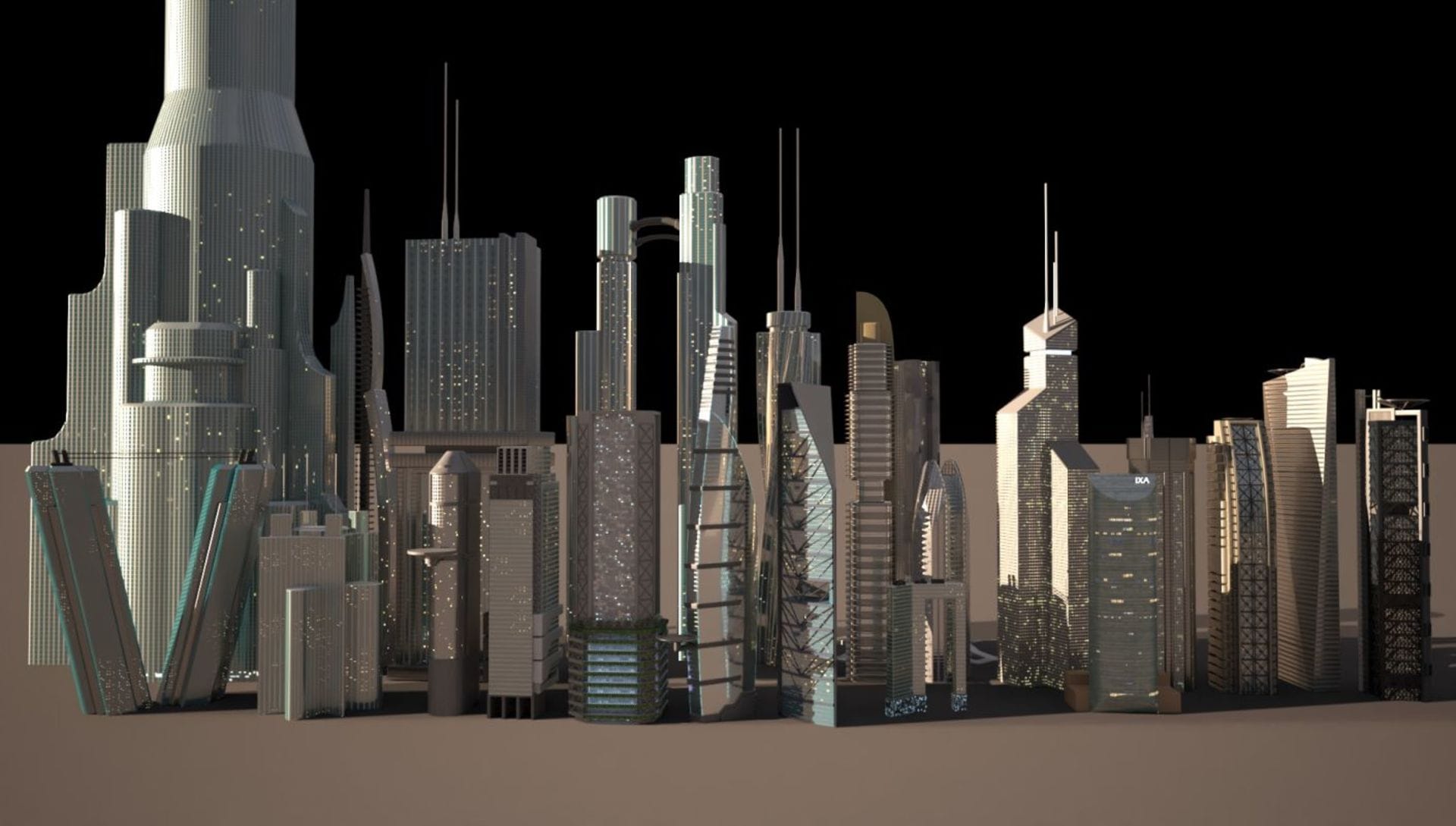
How did you create the buildings? Is this based on the real layout of Mexico City?
Some of the buildings are based on Mexico City, but most of them are just a result of my imagination. I modeled all of the buildings, including the ones in the background. I wanted every building to be unique to avoid repetition and obvious patterns.
How did you approach the composition and lighting?
The composition and lighting were the hardest part of this project because the scene is so busy and full of detail that is was really easy to get lost. Good lighting and composition were key to balancing the image.

Was the character always part of the image?
The character was not planned initially; in fact, it was a last-minute decision. The problem with the image was that the pyramid in the background attracted too much attention and I needed something to balance that out; I realized that adding a character would fix that and also help with the story.
Could you tell us about how you created the textures?
For the buildings, I used Substance Designer combined with simple Maya and V-Ray nodes. The bitmaps were relatively simple to make; they are simple grids with lights and reflections. Once I had enough variation between materials, I started adding them to every building. This was the easiest and quickest part.
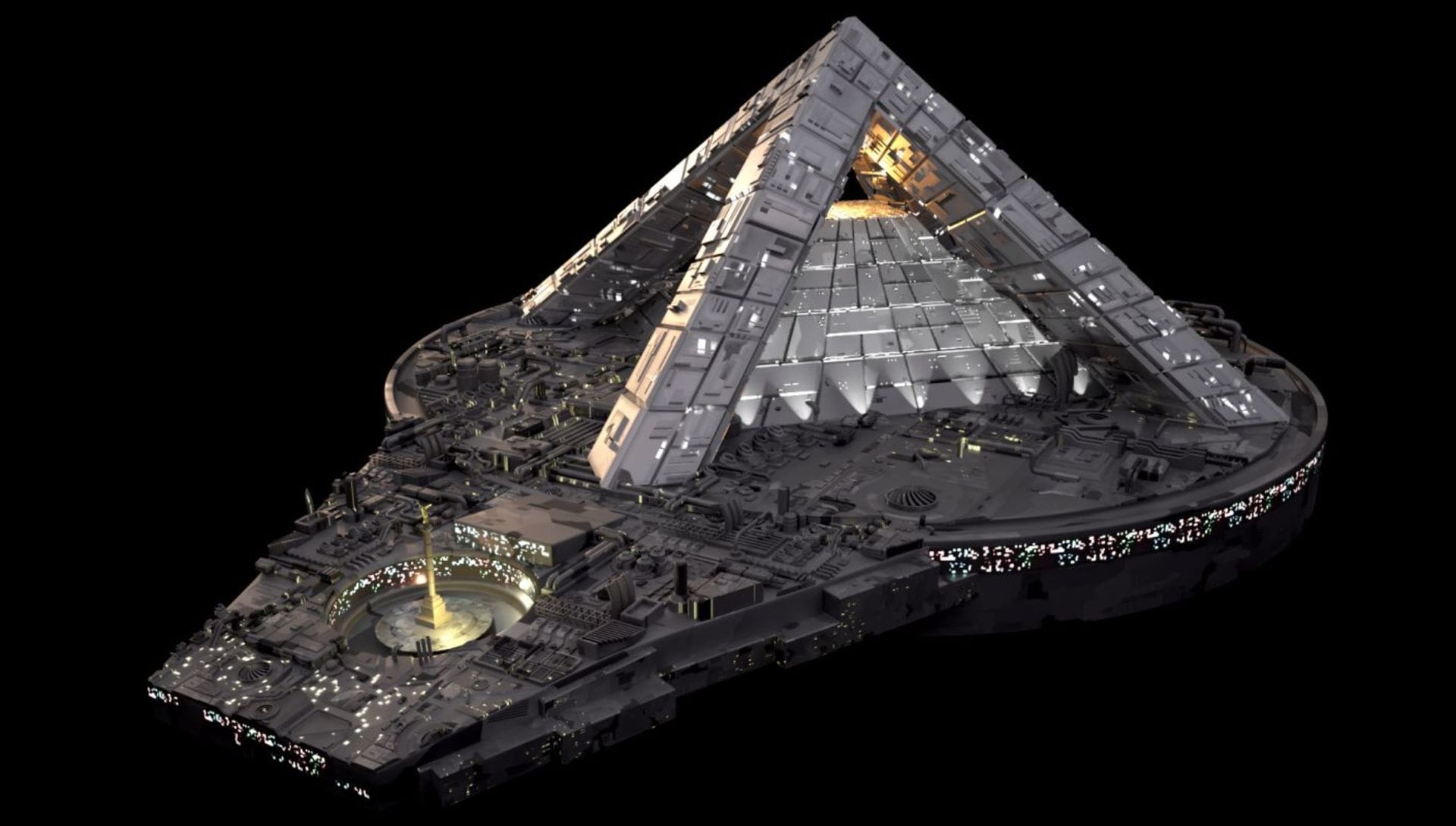
How long had you been using V-Ray when you rendered this scene? How did you find V-Ray's learning curve when you added it to your pipeline?
I have been using V-Ray for a long time; in fact, it’s my favorite render engine. V-Ray is relatively easy to use, especially if you come from Mental Ray or Arnold. With all the documentation, tutorials and presets, V-Ray becomes plug and play!
What were your favorite V-Ray features for getting the exact look you wanted?
I really like V-Ray’s interactive rendering; it is easy to use and saves you a lot of time — without mentioning all the other visualization features it has. For this particular project, the Cryptomatte feature was extremely useful and improved my workflow with Nuke dramatically. It is a very powerful tool!



